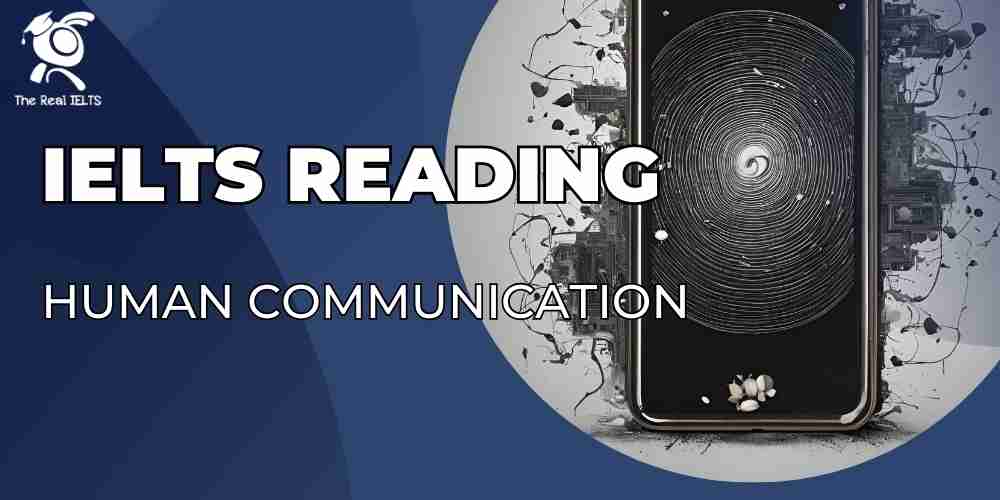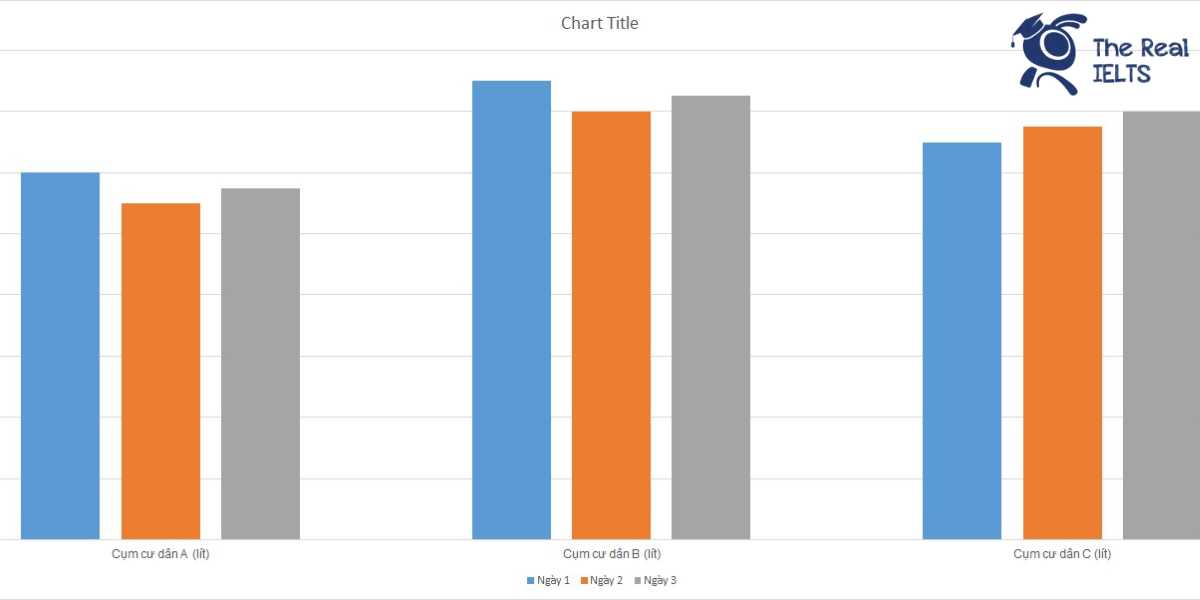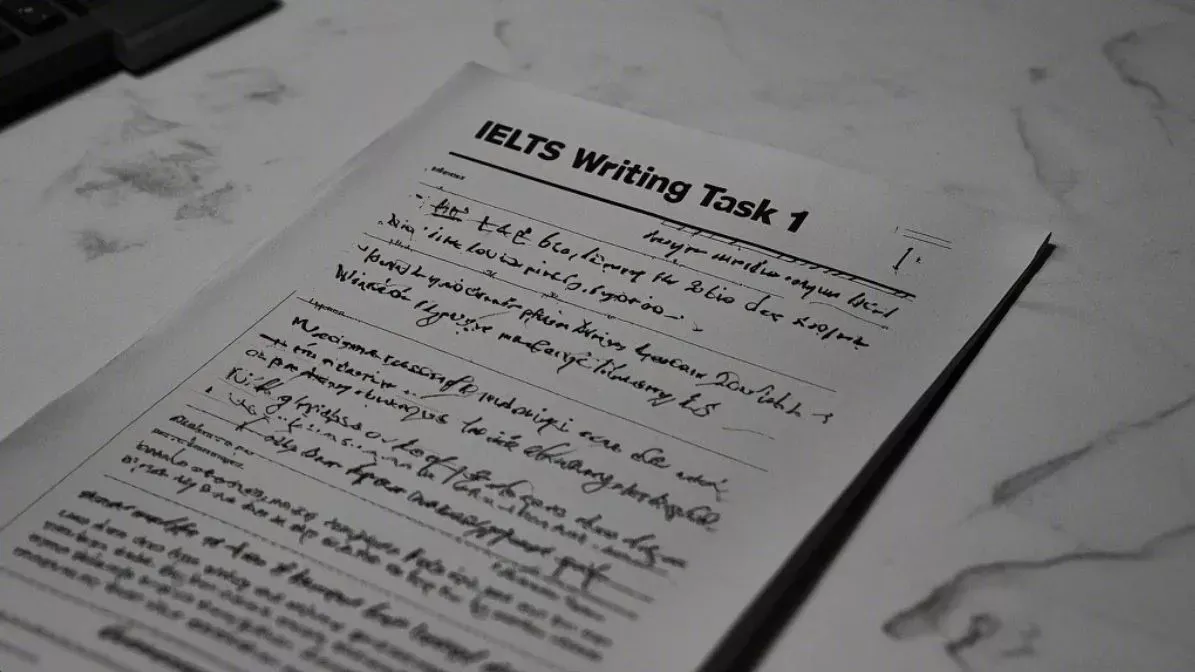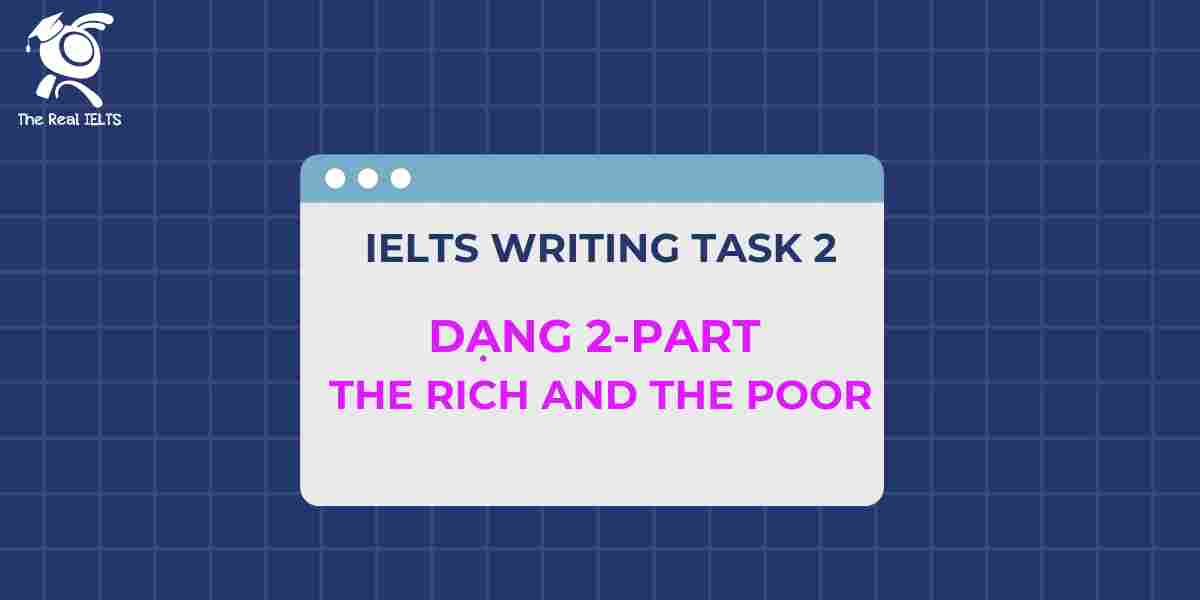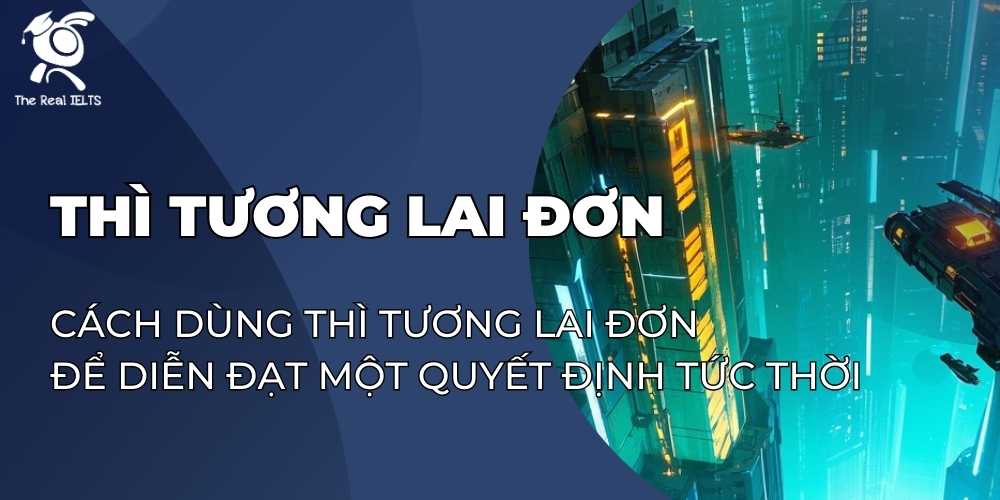Luyện tập IELTS Reading ngày 10 có chủ đề: The Evolution of Human Communication. Bài này thuộc chuỗi IELTS Reading: 30 chủ đề luyện tập. Mỗi bài này luyện tập khoảng 30 phút.
Học lại bài cũ: IELTS READING Day 9: Urbanization: Challenges and Solutions.
Đọc bài IELTS Reading và trả lời câu hỏi ở bên dưới
Communication has always been central to human existence. Over the millennia, human communication has evolved significantly, from primitive gestures and sounds to complex systems of writing, speech, and digital interaction. This evolution not only reflects technological advancements but also the growing complexity of human societies and cultures. Understanding how communication has evolved provides insight into human development and the ways in which we interact with the world today.
Early Forms of Communication
The earliest forms of human communication were likely non-verbal. Before the development of language, early humans used gestures, facial expressions, and primitive sounds to convey basic needs and emotions. These forms of communication were crucial for survival, allowing humans to hunt, warn each other of danger, and form social bonds. Some anthropologists believe that early hominids communicated through a system of body language and vocalizations that were less complex than modern languages but still essential for cooperation.
As human societies grew, so did the need for more sophisticated communication methods. The invention of language marks one of the most significant milestones in human evolution. While the exact timeline for the development of spoken language is debated, most researchers agree that it emerged at least 50,000 to 100,000 years ago. Language allowed humans to express abstract ideas, share knowledge across generations, and form larger, more complex social structures. This leap in communication capability likely contributed to humans’ ability to dominate the natural world and develop advanced civilizations.
The Invention of Writing
Another key development in the evolution of communication was the invention of writing. Writing systems are believed to have emerged around 5,000 years ago, primarily in Mesopotamia and Egypt. The earliest writing systems, such as cuneiform and hieroglyphics, were used for record-keeping, religious texts, and government decrees. Writing allowed for the preservation of knowledge and ideas over time and space, breaking the limitations of oral communication, which was bound by memory and proximity.
As writing spread, it facilitated the rise of large, centralized states and empires by enabling more efficient governance and coordination across vast territories. The ability to communicate over long distances and across generations also accelerated the spread of science, religion, and culture. For example, the invention of the alphabet around 3,500 years ago made writing more accessible and standardized, contributing to the growth of literacy and the exchange of ideas across different regions.
The Printing Revolution
One of the most transformative moments in the history of communication came with the invention of the printing press by Johannes Gutenberg in the 15th century. Before this, books were laboriously copied by hand, making them rare and expensive. Gutenberg’s movable type printing press revolutionized the production of written materials, making books and pamphlets affordable and widely available. This not only democratized knowledge but also played a pivotal role in major historical events, such as the Renaissance, the Reformation, and the Enlightenment.
The printing press enabled the rapid dissemination of ideas, scientific discoveries, and literature, fostering intellectual and cultural growth across Europe and beyond. It also contributed to the rise of nationalism, as people could read works in their own languages, which in turn helped shape collective identities. Moreover, the spread of printed materials led to an increase in literacy rates, as more people had access to educational resources.
The Advent of Electronic Communication
The 19th and 20th centuries saw the development of electronic communication, which radically altered the way people exchanged information. The invention of the telegraph in the 1830s allowed for almost instantaneous communication across long distances for the first time in history. This was soon followed by the telephone, radio, and television, which brought voice, sound, and moving images into homes around the world.
The telephone revolutionized personal communication, allowing people to speak with each other regardless of physical distance, while the radio and television became powerful tools for mass communication. These technologies enabled governments, companies, and individuals to reach larger audiences than ever before, influencing public opinion and culture on a global scale. The ability to share real-time information also had profound impacts on politics, commerce, and entertainment.
The Digital Age
The late 20th and early 21st centuries have ushered in the digital age, marking the latest chapter in the evolution of communication. The development of the internet and mobile technology has made communication faster, more interactive, and accessible to billions of people worldwide. Email, social media platforms, and instant messaging have transformed how individuals and businesses connect, breaking down geographical barriers and enabling near-instantaneous exchange of information.
Social media, in particular, has created new forms of interaction, where individuals can broadcast their thoughts, share multimedia content, and engage with others across the globe. Platforms like Twitter, Facebook, and Instagram have not only changed personal communication but also reshaped political activism, business marketing, and even journalism. The rise of video conferencing and messaging apps, such as Zoom and WhatsApp, has further revolutionized communication, especially during the COVID-19 pandemic when remote interaction became a necessity.
Additionally, artificial intelligence (AI) and machine learning are beginning to play a significant role in communication. AI-powered tools such as chatbots and virtual assistants can now facilitate real-time conversations between humans and machines, while language translation apps allow people to communicate across language barriers. These technological advancements promise to further revolutionize how we communicate, making interactions faster, more efficient, and increasingly globalized.
The Future of Human Communication
As we look to the future, it is clear that communication will continue to evolve. Emerging technologies such as virtual reality (VR), augmented reality (AR), and brain-computer interfaces could potentially enable even more immersive and direct forms of communication. For instance, VR and AR could allow people to interact in simulated environments as if they were physically present, while brain-computer interfaces might one day enable communication through thought alone.
While these technologies offer exciting possibilities, they also raise questions about privacy, ethics, and the impact on human relationships. As communication becomes more digital, there is a growing concern that face-to-face interaction may decline, leading to a loss of personal connection and empathy. Striking a balance between embracing technological advancements and preserving the human element in communication will be a critical challenge in the coming years.
Conclusion
The evolution of human communication, from gestures and speech to digital interaction, reflects not only technological progress but also the changing needs of human societies. Each new development has brought humans closer together, enabling the exchange of ideas, culture, and information on a scale previously unimaginable. As we enter the next phase of communication technology, understanding this evolutionary journey helps us appreciate the significance of our interconnected world and the role communication plays in shaping our future.
Từ vựng
- Primitive – nguyên thủy
- Gestures – cử chỉ
- Vocalizations – âm thanh phát ra
- Abstract ideas – ý tưởng trừu tượng
- Civilizations – nền văn minh
- Invention – phát minh
- Writing systems – hệ thống chữ viết
- Record-keeping – việc ghi chép
- Religious texts – văn bản tôn giáo
- Government decrees – sắc lệnh chính phủ
- Oral communication – giao tiếp bằng lời nói
- Alphabet – bảng chữ cái
- Literacy – sự biết chữ
- Printing press – máy in
- Movable type – kiểu chữ di động
- Democratized – dân chủ hóa
- Dissemination – sự phổ biến
- Scientific discoveries – khám phá khoa học
- Mass communication – truyền thông đại chúng
- Political activism – hoạt động chính trị
- Instantaneous – tức thời
- Telegraph – máy điện báo
- Telephone – điện thoại
- Radio – đài phát thanh
- Television – truyền hình
- Real-time – thời gian thực
- Digital age – thời đại kỹ thuật số
- Mobile technology – công nghệ di động
- Social media platforms – nền tảng mạng xã hội
- Instant messaging – nhắn tin tức thời
- Geographical barriers – rào cản địa lý
- Video conferencing – hội nghị truyền hình
- Artificial intelligence (AI) – trí tuệ nhân tạo
- Machine learning – học máy
- Language translation – dịch ngôn ngữ
- Virtual reality (VR) – thực tế ảo
- Augmented reality (AR) – thực tế tăng cường
- Brain-computer interfaces – giao diện não-máy tính
- Immersive – sống động, nhập vai
- Ethics – đạo đức
- Privacy – quyền riêng tư
- Empathy – sự đồng cảm
- Interconnected – kết nối với nhau
Câu hỏi IELTS Reading The Evolution of Human Communication
Câu hỏi 1: Multiple Choice
- What was the primary function of early forms of human communication? a. To develop complex languages
b. To form larger social structures
c. To convey basic needs and emotions
d. To create writing systems - What is one of the most significant advancements in human communication mentioned in the text? a. The development of electronic communication
b. The invention of non-verbal gestures
c. The use of facial expressions
d. The decline of face-to-face interaction - How did the printing press impact society according to the passage? a. It made books less affordable
b. It limited the spread of knowledge
c. It contributed to major historical events like the Renaissance
d. It reduced the importance of literacy
Câu hỏi 2: True/False/Not Given
- The invention of language is estimated to have occurred 10,000 years ago.
True / False / Not Given - The invention of the telegraph allowed for immediate communication over long distances.
True / False / Not Given - Social media platforms have negatively impacted the spread of ideas.
True / False / Not Given
Câu hỏi 3: Matching Information
- Match each development with its corresponding impact: a. Invention of writing
b. Printing press
c. Telecommunication (e.g., telegraph, telephone)
d. Digital communicationi. Led to the rapid dissemination of ideas
ii. Enabled communication over long distances
iii. Preserved knowledge over time and space
iv. Created near-instantaneous global interaction
Câu hỏi 4: Sentence Completion
- Early human communication primarily relied on __________ to convey emotions and needs.
- The invention of the alphabet contributed to the growth of __________ and the exchange of ideas.
- The internet and mobile technology have made communication faster and more __________.
Câu hỏi 5: Short Answer
- What role did the invention of the printing press play in the Renaissance?
- According to the passage, how might future technologies like virtual reality and brain-computer interfaces affect communication?
- What concern is mentioned regarding the increasing use of digital communication in the future?
Đáp án IELTS Reading The Evolution of Human Communication
Câu hỏi 1: Multiple Choice
- c. To convey basic needs and emotions
- a. The development of electronic communication
- c. It contributed to major historical events like the Renaissance
Câu hỏi 2: True/False/Not Given
- False – The passage mentions that spoken language emerged at least 50,000 to 100,000 years ago, not 10,000.
- True – The passage states that the telegraph allowed for almost instantaneous communication over long distances.
- Not Given – The passage does not specify whether social media platforms have negatively impacted the spread of ideas, only that they have transformed communication.
Câu hỏi 3: Matching Information
- a. Invention of writing – iii. Preserved knowledge over time and space
b. Printing press – i. Led to the rapid dissemination of ideas
c. Telecommunication (e.g., telegraph, telephone) – ii. Enabled communication over long distances
d. Digital communication – iv. Created near-instantaneous global interaction
Câu hỏi 4: Sentence Completion
- Early human communication primarily relied on gestures and sounds to convey emotions and needs.
- The invention of the alphabet contributed to the growth of literacy and the exchange of ideas.
- The internet and mobile technology have made communication faster and more interactive.
Câu hỏi 5: Short Answer
- The invention of the printing press allowed for the rapid dissemination of knowledge and ideas, which helped fuel the intellectual and cultural growth that characterized the Renaissance.
- Future technologies like virtual reality and brain-computer interfaces could enable more immersive and direct forms of communication, allowing people to interact in simulated environments or even communicate through thought.
- The concern mentioned is that as communication becomes more digital, face-to-face interaction may decline, leading to a potential loss of personal connection and empathy.


